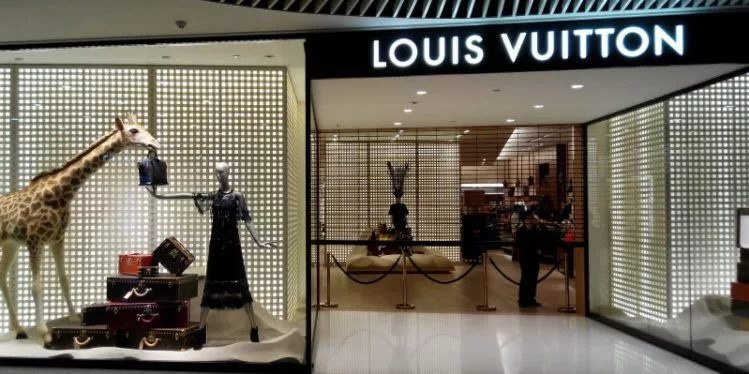
Looking at the luxury industry of today’s market, both in luxury goods and experiences, experts believe that the market will continue to shine in the coming years. The luxury industry—led by cars, personal goods, and hospitality—is comprised of nine segments and makes up for about 80 per cent of the total market shares.
You'll need to
subscribe to unlock this content. Already subscribed? Login?







